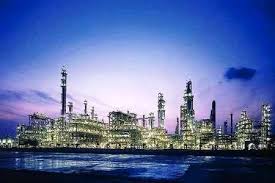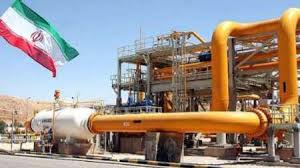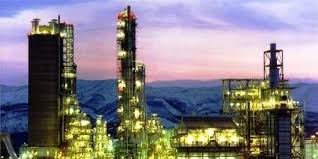گزارش تحلیلی بیزینس مانیتور صنعت پتروشیمی
گزارش تحلیلی بیزینس مانیتور-صنعت پتروشیمی درایران-سه ماهه چهارم2010
Executive Summary
The tightening of international sanctions will continue to preclude any significant uptick in foreign
investment in the petrochemicals industry, as well as undermine trade in the medium term, according to
BMI’s latest Iran Petrochemicals Report.
In July 2010, the National Petrochemical Company (NPC) inaugurated the Morvarid Petrochemicals Complex (Olefins 5). Morvarid came onstream a year later than scheduled and was originally planned to be constructed at Kharg Island, but the site was moved to the mainland at Assaluyeh in Bushehr. It has capacity to produce 500,000tpa of ethylene and will provide feedstock to a 500,000tpa ethylene glycol plant due to open at Morvarid. The Pardis Petrochemical Complex, also at Assaluyeh, is designed to produce 1.08mn tpa of urea following the completion in July 2010 of the second phase of the project, the first having been completed in 2001. However, an explosion at the complex in August – just a month after the project was completed – caused significant damage. The complex is 51% owned by the private sector Ghadir Investment Company and 49% by NPC.
The prospects for Iran being able to attract substantial FDI inflows over the coming years remain poor, although they have never been great and, as with other areas of the economy, the petrochemicals industry
will continue to suffer from chronic underinvestment. The more stringent UN, US and EU sanctions relating to Iran’s nuclear programme, which target key sectors of its economy such as oil, gas and petrochemicals, will keep potential investors, particularly from the West, away. However, the door remains open for investors from China and Russia, although this group may not have sufficient capital to make up for the decline in Western investment, and they are also keen to develop their own capacities.Tougher sanctions mean trade finance is even harder to obtain when dealing with Iran, forcing the country
to seek more difficult and innovative ways to bypass the sanctions or demand cash up front. As trade comes to a halt, Iran will have less money to fund oil, gas and petrochemicals growth, spelling good news for global supply and demand balances. Iran’s petrochemicals trade with Asia is unlikely to be immediately affected by the tougher sanctions. However, sanctions will make payment and shipping processes for Iranian cargoes more complex, although some banks and shipping companies had been excluded from the list of restricted firms.
The sanctions regime locks the Iranian petrochemicals industry into the Chinese economy and may end up reliant on Chinese investment. Indeed, in Q110 Iran exported 38,443 tonnes of LLDPE, 215,919 tonnes of HDPE and 127,893 tonnes of LDPE to China, up 15%, 79% and 266% y-o-y respectively, according to data from China Customs, indicating that China remains the chief area of Iranian petrochemicals exports growth. With China keen to use Iranian petrochemicals as feedstock, progress in product diversification and sophistication with a wider range of downstream products and plastic conversion industries is likely to be limited to serving domestic markets. Domestic diversification will depend on tapping into developed markets, a situation made more difficult by the sanctions regime.
China itself is seeing an expansion of its petrochemicals base that threatens the pace of demand from Iran’s largest petrochemicals market. However, with domestic demand likely to continue to outstrip supply, China will remain a net polymers importer over the medium term and the largest importer in the world and Iran’s petrochemicals expansion will be geared towards servicing China’s needs. By 2014, China could represent 35% of the global PP market and 20% of global PE demand. However, China will become increasingly self-sufficient. In terms of polymer capacities, we forecast a 1.65mn tpa increase in Chinese PE capacity and a 1.49mn tpa increase in PP in 2010, ensuring polymer market self-sufficiency should approach 75% PE and exceed 100% PP. Delays in project completion and financial difficulties coupled with investor disinterest in Iran means that Iranian petrochemicals producers will lose market share to more dynamic Arab rivals in the Gulf region. Consequently, the petrochemicals industry will, at the very least, require a resolution of the dispute over the nuclear programme in the medium term if Iran is to sustain broad-based growth in petrochemicals and conversion industries.
مطالب مرتبط





